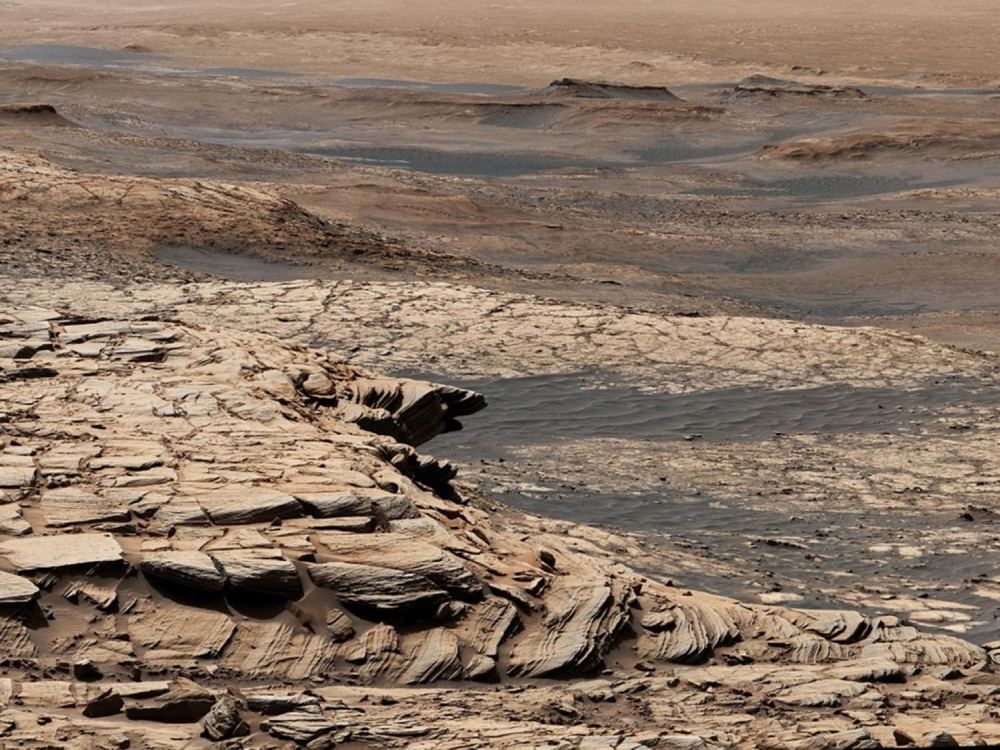The seasonal variations of methane in the Martian atmosphere is an intriguing clue that there might be life hiding under the surface of the red planet. But we won’t know for sure until we go digging for it.
Hints of methane on Mars go back all the way to the Mariner missions of the 1970s. But in 2013 NASA’s Curiosity rover saw methane levels around it rise to several times greater than the background. A few months later it dwindled and disappeared, only to return again.
This Martian methane mystery poses an interesting challenge for scientists. On one hand, there are known chemical reactions that can take the molecules known to exist on Mars and turn them into methane. For example, liquid water interacting with magnesium- and iron-rich rocks like olivine can oxidize them, which can produce pockets of hydrogen. This hydrogen can then react with the carbon dioxide in the Martian atmosphere through the Fischer-Tropsch process to produce methane.
But while this scenario is relatively straightforward, the devil is in the details. In order for this process to work there must be liquid water underground. And some other mechanism needs to be able to remove the methane, or at least make this process cycle on and off every few months.
That opens up the possibility for life. We know of forms of life on Earth known as methanogens that do not get their energy from photosynthesis. Instead they essentially eat hydrogen and produce methane as a byproduct. The advantage of using life to explain the Martian methane mystery is that it can potentially naturally introduce seasonal variations. When conditions change under the Martian surface, for example through the warming summer months or cooling winter months, then the life can respond appropriately.
But while this hypothesis explains the seasonal variation, it doesn’t get around the fact that the Martian life would still need a source of water to live. Plus, we have absolutely no evidence for any life appearing on Mars, even in its distant past.
To date there is no clear consensus as to what is causing the seasonal variations of methane on Mars. The idea of life under the surface of the red planet remains a tantalizing possibility. The only way to answer this is to keep sending missions back to Mars and start digging.


